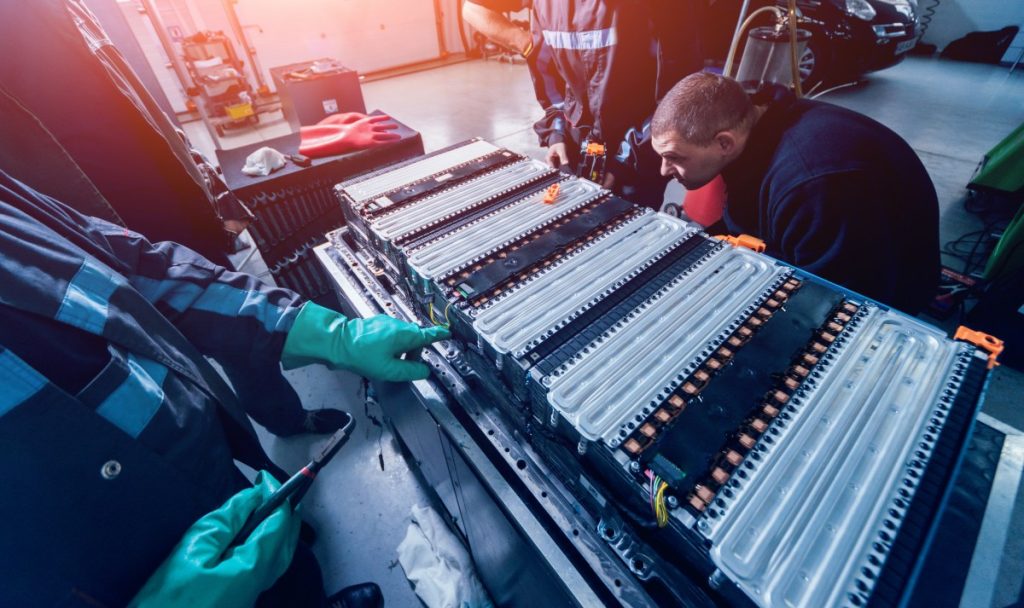The economy can’t continue to grow unless vital assets are preserved – Inside track
4 min read
This post is by Dimitri Zenghelis, The Bennett Institute, University of Cambridge
By promoting sustainable practices and reducing the demand for new raw materials, a circular economy can shrink resource extraction, limit environmental degradation and contribute to mitigating climate change. But what is more often overlooked is its potential to enhance efficiency.
Natural capital, encompassing minerals and vital elements like clean air, water, soil, and biodiversity, is undervalued (or not valued at all), leading to overconsumption. These resources provide us with the basic and interdependent building blocks of all other forms of capital, such as physical, human, and intangible wealth. Renewable natural assets cannot be adequately replaced by produced and human capital and are prone to thresholds below which they irreversibly deplete. Neglecting them through destructive activity in mining, transportation, production and distribution, deforestation or pollution jeopardises human wellbeing.
To secure a sustainable future, we need production systems that minimise our impact on these core resources, preserving them for generations to come. The circular economy offers a solution by prolonging the lifespan of products, materials and resources, fostering innovation and boosting productivity.
It’s the economy, stupid
In a circular economy, the goal is to minimise resource extraction and waste generation by keeping products, materials and resources in use for as long as possible. Getting more out of the resources we have is the definition of productivity.
Global consumption itself is not the problem, it is the pollution and material intensity of that consumption that matters. Delivering hundreds of millions out of poverty will require new access to shelter, heating and cooling, mobility and the internet, all activities that are currently highly resource and carbon intensive. Developing and scaling a truly circular economy will be at the heart of building the sustainable economy of the future.
We need the right kind of growth
It is true that we have never managed to sustain growth while reducing resource use, yet the fact remains we have never tried. Concerted policy efforts to value and preserve nature and create new markets can bridge this gap. Policies incentivising resource efficiency can simultaneously drive GDP growth and lower resource consumption, steering us towards a more profitable and sustainable path.
Once activities, such as planting trees, preserving wetlands and building renewable systems, form parts of key markets paying wages to workers and profits to companies, they will fall within the production boundary and will be captured in GDP, displacing old destructive activities that are currently in GDP. Prosperity thereby comes with radically different growth. The costs required to bring it about are investment and not resource costs.
Policy intervention is required
From pricing strategies to standards and regulations, as well as R&D and deployment support and procurement rules, a range of policies can pave the way for a circular economy. These may appear inefficiently allocated in a classical model, which assumes they distort an optimised economy, but they are, in fact, correcting market failures by valuing externalities, while also generating dynamic efficiencies by creating more innovative and productive markets in the future.
For example, a small policy effort to decarbonise key sectors of the economy has resulted in learning-by-doing and economies of scale in production and distribution, dramatically cutting the costs of wind and solar generation, battery storage, electrolysed hydrogen and electric vehicles. Systems based on these technologies are rapidly undercutting the costs of fossil fuel-based incumbents.
Tech is vital
In the quest for a circular economy, technological innovation plays a vital role. Leveraging AI, blockchain and big data can streamline supply chains and enhance their resilience, reduce resource dependence, and boost economic productivity and security. Repair, refurbishment and remanufacturing not only create jobs but also stimulate economic growth. Circularity encourages innovation in product design, manufacturing processes and business models. Early investment can build competitive knowledge clusters for goods and services, which can be exported globally and deliver strong incentives to invest.
As Green Alliance shows in its recent report, by missing these dynamic impacts, most modelling exercises are likely to understate the long run net benefits of the circular economy.
However, repurposing the economy won’t be without challenges. It demands upfront investments and disruptive societal adjustments. Policy is required to retool and reskill workers to benefit from the opportunities of the new economy. But the potential benefits—a cleaner, quieter, more secure, but also more efficient, innovative and productive economy—are unmistakable. The time for action is now, and the rewards for both the economy and the environment are increasingly clear.





